According to SonicWall’s 2022 Cyber Threat Report, malware attacks on governments worldwide increased by 1,885% in 2021, and attacks on the healthcare industry by 755%. Do you want to know how computer viruses are created? and how to prevent malware attacks? so here we are discussing all the important things about malware attacks.
In this post, I will be giving you a brief overview of how hackers create computer viruses, so it would be easier to understand for you how to prevent a malware attack that can affect you. Here I will be sharing with you the ultimate guide consisting of 8 ways to prevent malware attacks. But before getting onto that let’s see what computer viruses actually are and how they can be created?
How Computer Viruses are Created?
Computer Viruses are nothing but a piece of code written to exploit a system vulnerability or gain unauthorized access to a device. A person with good programming knowledge can write a code that can use your resources without letting you know, resulting in data breaches or hardware damages.
Hackers can create viruses using automated tools like Metasploit, but our Antiviruses Protections Software usually detect these types of viruses, and script kiddies mostly create these types of viruses. However, to bypass Firewall/Antivirus protection, hackers write their code and manipulate it to look like a simple program. You can also read about different types of Computer Viruses.
8 Ways to Prevent Malware Attacks (2022)
To protect your sensitive data and your organization’s security, you need to know how to prevent malware attacks. Malware attacks can be prevented by having processes, policies, and IT security tools in place. In addition, it was necessary to train your end-users on how to recognize and respond to common methods used by cybercriminals to spread malware.
1. Install Anti-Virus/Anti-Malware Software
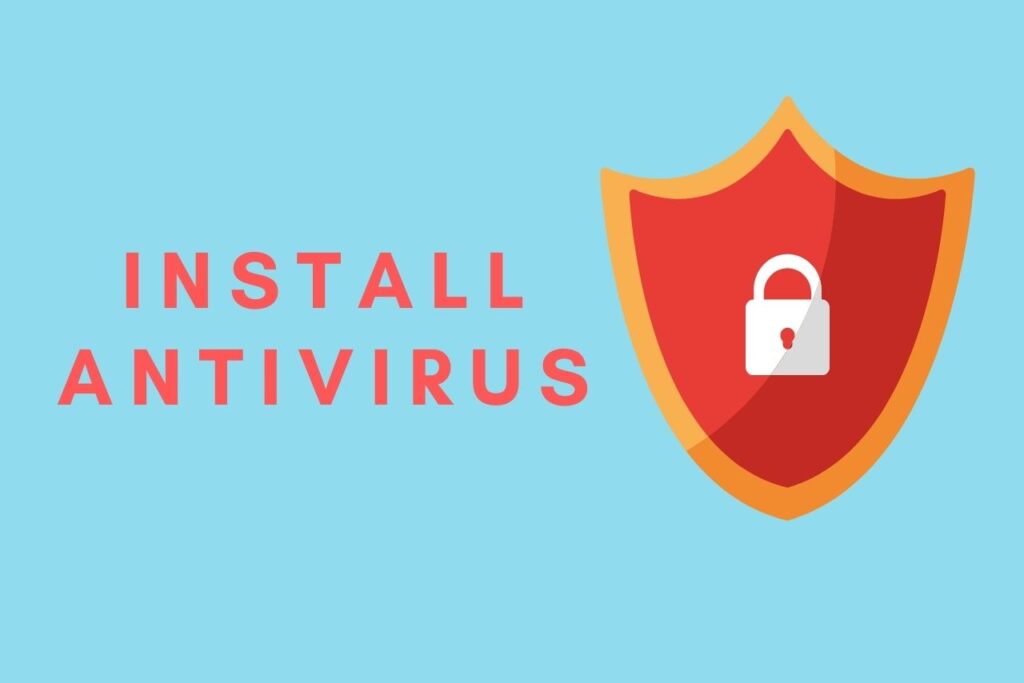
Anti-virus software is one of the most effective ways to protect against malware. You can protect your device from malicious software that poses a threat to the system with antivirus software. It will scan your computer for malware and clean it, then provide automatic updates to enhance protection against newly created viruses.
2. Educate Your Users/Yourself
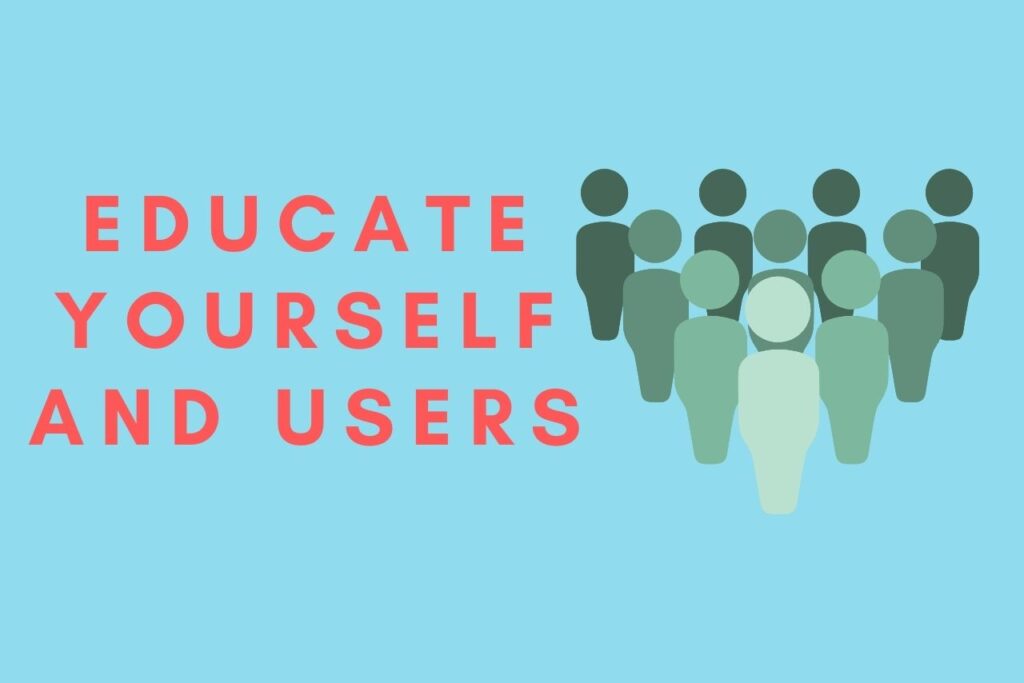
Ensure your organization is aware of cybersecurity threats, with a focus on sending and receiving emails and other communications (with or without attachments) and avoiding social engineering attacks such as phishing. Employees should receive regular, mandatory security training, including periodic updates as new exploits and malware are discovered.
3. Avoid Unprotected Wi-Fi Networks
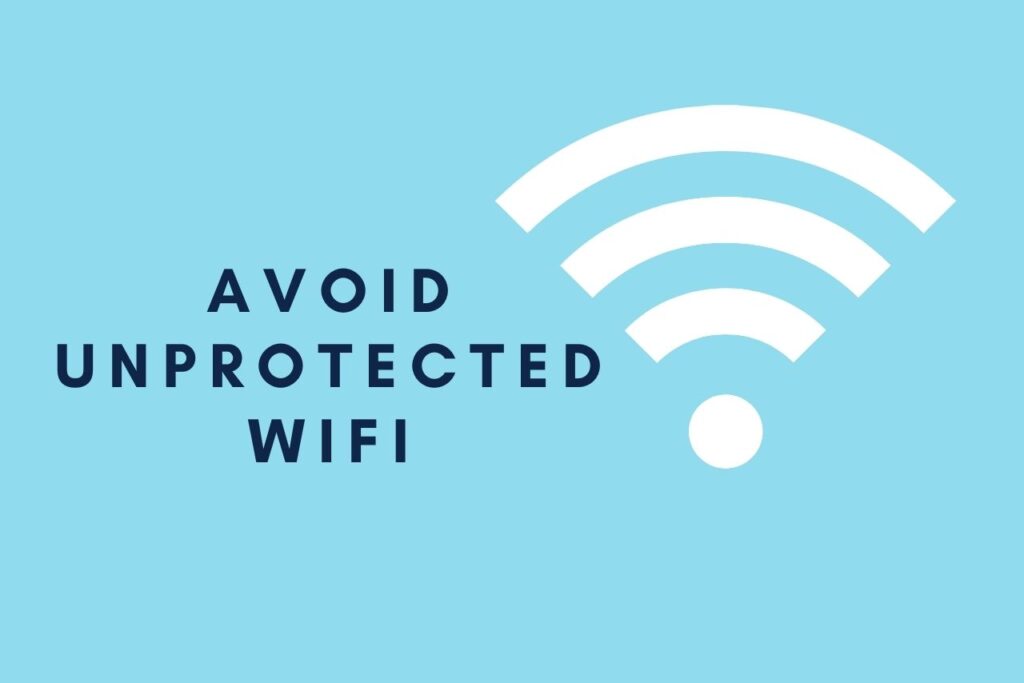
Never use unprotected public Wi-Fi in coffee shops or airports if you work there. Install a virtual private network (VPN) for Wi-Fi access, ideally one provided by your employer. Do you think you’re careful about what you click on and what information you reveal in emails or messaging apps? Using social media, a major vector for malicious code is even more dangerous.
4. Download and Install Softwares from Trusted Resources
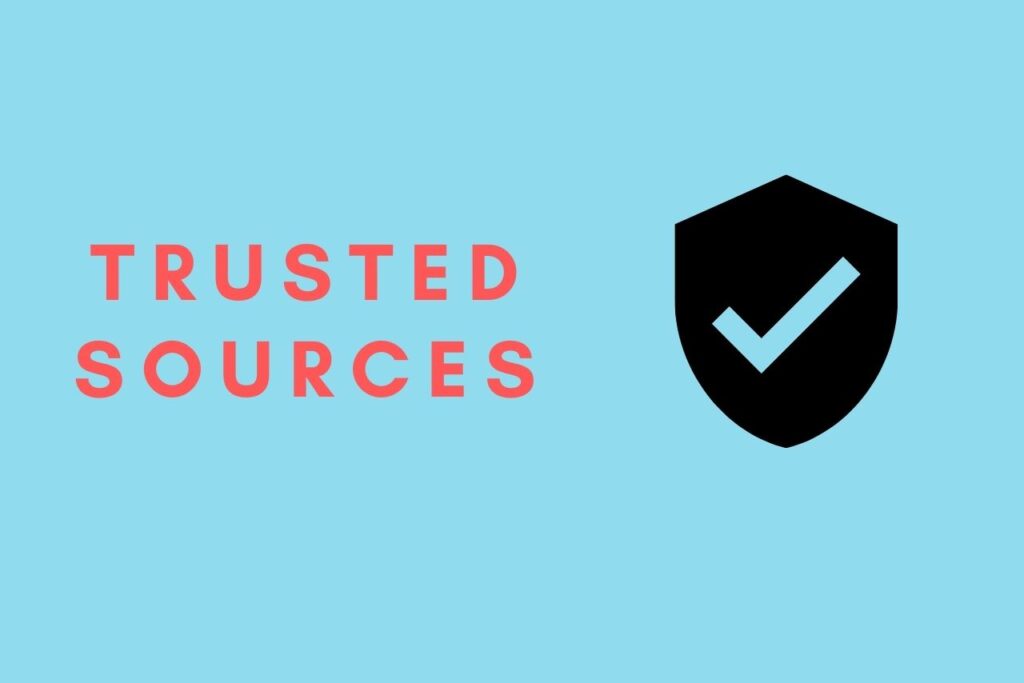
By buying apps from trustworthy sources, you reduce the risk of your device being infected with malware. Brands will take great care to ensure they do not damage their reputation by distributing malware. To check the authenticity of an Application you must only download it from its official site and avoid using its cracked/pirated version from third-party sites.
5. Regularly Update Installed Softwares

Apart from the points mentioned above, you should ensure that your installed softwares are regularly updated to prevent attackers from gaining access to your computer through outdated and insecure systems.
6. Don’t Click on Suspicious Links or Download Attachments
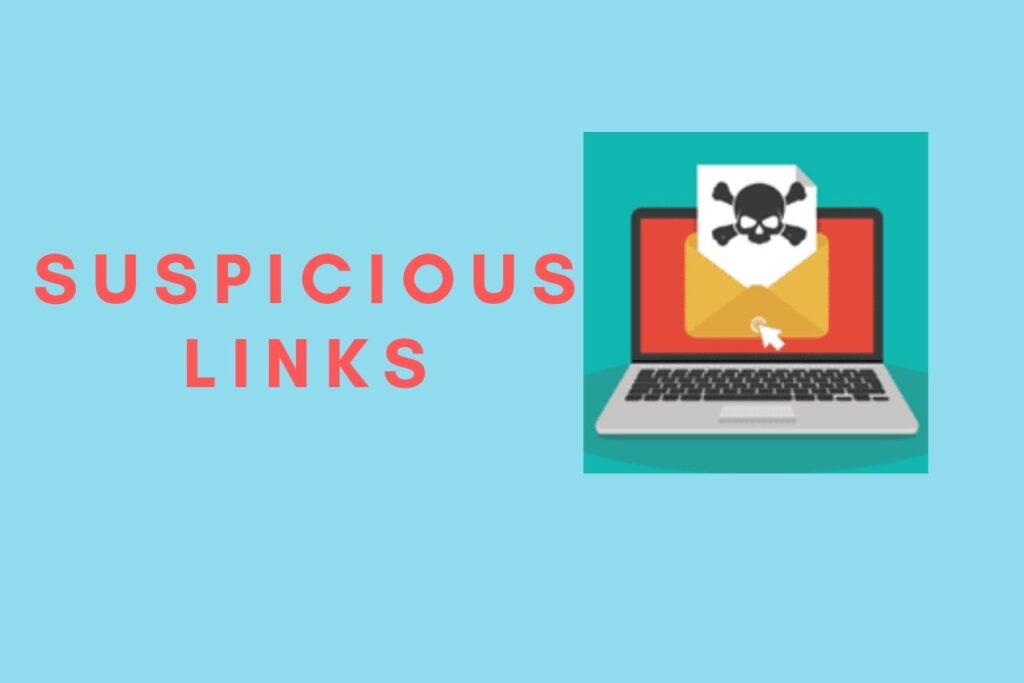
The easiest way for hackers to install malware on your computer is through phishing. Phishing scams trick people into opening emails or clicking on links that seem to come from legitimate businesses. Your computer may be infected with malware after clicking on the link or you may be taken to a fake website where you are prompted to enter your personal information. Your computer may be infected with malware after clicking on the link or you may be taken to a fake website where you are prompted to enter your personal information. Avoid clicking the link.
7. Secure Your Network by Installing Firewall

The use of a firewall is another way to prevent malware from infecting your device. By blocking all unauthorised access to or from a private computer network, a firewall prevents malicious attacks. Additionally to anti-virus software, a firewall offers an additional barrier against malware, reducing the likelihood of attack.
8. Back-up Your Data Regularly
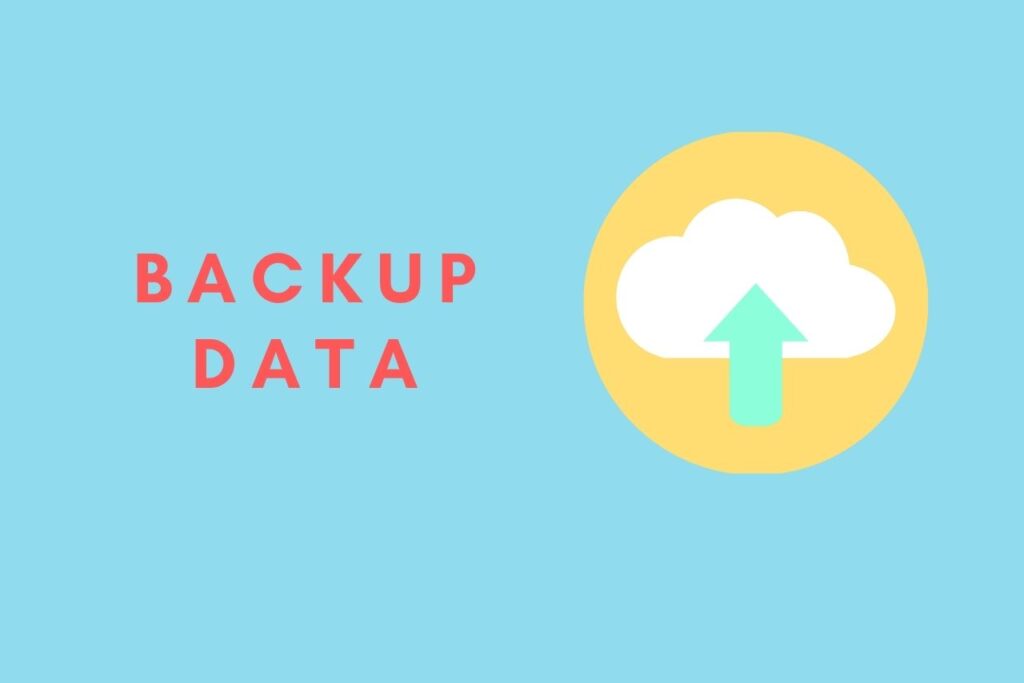
Backing up regularly will ensure that you can still retrieve all your valuable data and files if your computer is infected with malware. You will be able to reduce damage and prevent being held hostage by a ransomware attack.
Conclusion
Malware infections can have devastating effects on organizations or individuals. Malware can cause serious financial damage and tarnish reputations by interrupting critical workflows and stealing or encrypting crucial data. You can protect yourself and your business from malware infections by following these 8 tips. Perform regular backups to offline storage to ensure you can restore your data if your system becomes infected with malware.
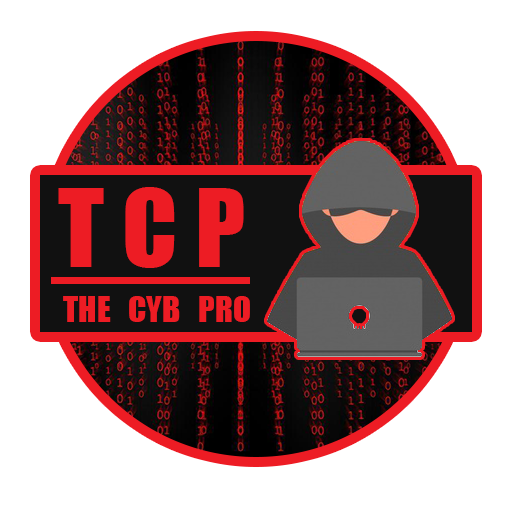
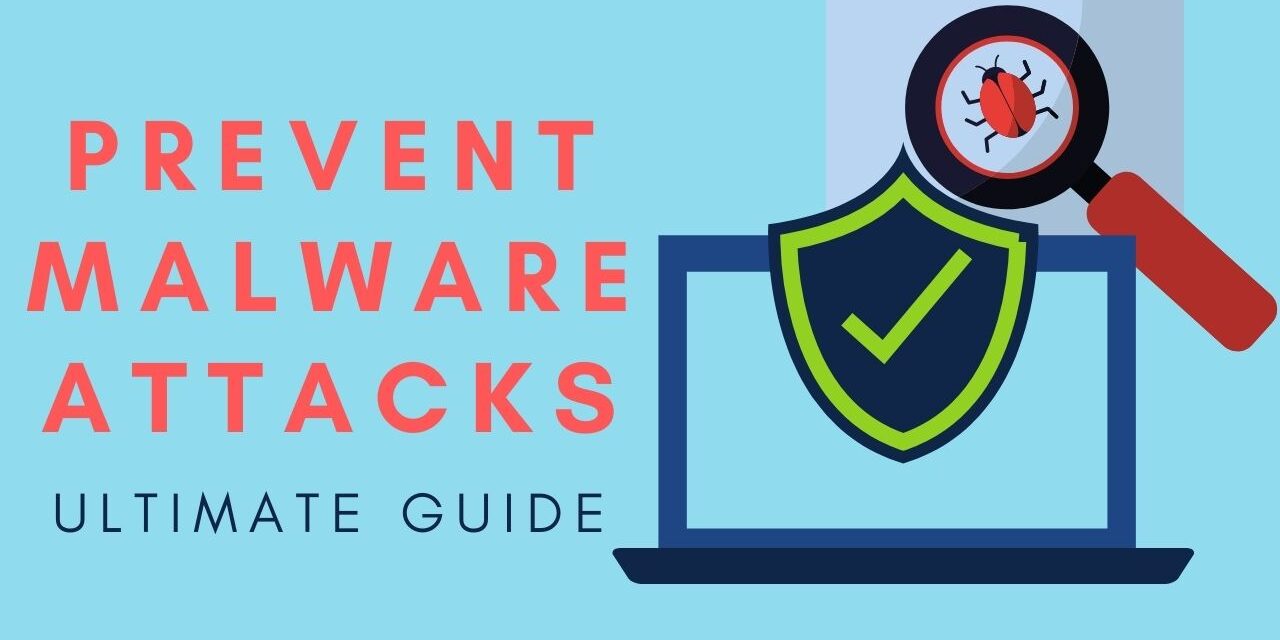
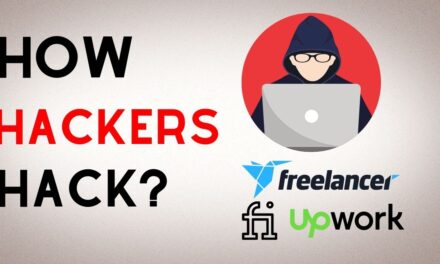
Good luck!